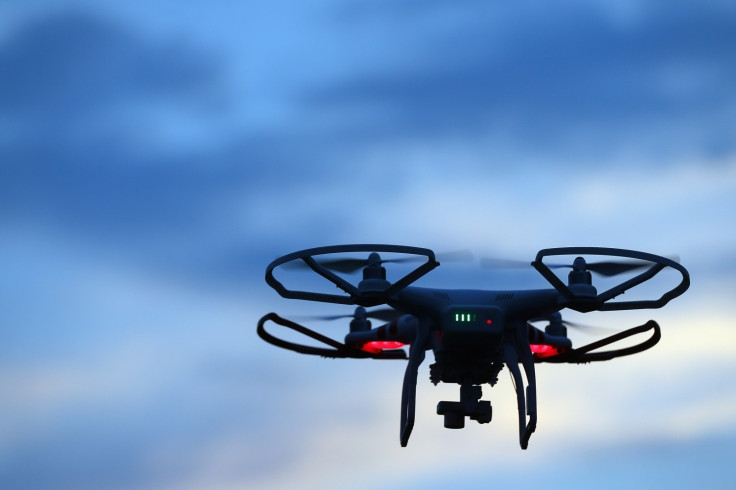Watch video: This SpiderMAV drone shoots web-like strings for perching and stabilization
This drone can "land" in mid air by clinging to surfaces with strings and magnets.

Researchers at the Aerial Robotics Laboratory of the Imperial College, London have created a drone that can perch itself within a confined space by firing web-like strings that can stick to magnetic surfaces.
Called the SpiderMAV, it shoots multiple strings to firmly stabilise itself. Using compressed air, the drone shoots ropes with magnetised tips and once they take a hold, it reels it in, making the string go taut and firmly hold the drone in place.
Mirko Kovac, the lead researcher, has said that the technique can be likened to the way Darwin's Bark Spider shoots webs up to 25 metres in any direction, according to a report by Tech Crunch. It is also obviously similar to the way fictional superhero Spider-Man operates.
This anchor system can also stay stable in heavy winds, as simulated by researchers in the video.
The drone used by the team is a standard DJI Matrice 100 that has been modified to take on two string firing guns. One shoots straight up for stability called the "perching emitter" and the other fires in three directions off the side, called the "stabilising pod" holding it firmly in place, notes Engadget. Once the drone is perched in place, the rotors can either be slowed down or completely shut off.
Using the anchors, it might be possible to get smooth footage in areas where there are a lot of disturbances, maintain communications in a crisis and can even be used to maintain surveillance in bad weather. By perching itself, it could even be possible for drones to conserve their batteries and could extend their active flying time.
SpiderMAV system is still in its infancy. The team is yet to develop more resilient strings or give the tips smarter magnetic properties like variable strengths depending on the weight of the drone. Also, the system can only perch as of now. There is no way for the drone to break free and continue flying when needed so the detach feature is expected to come next.
The SpiderMAV "opens up a new trend in the field of robotics on investigating string-driven systems with active moving platform," wrote the researchers in a release, so more research on this system can be expected in the near future.
© Copyright IBTimes 2025. All rights reserved.





















